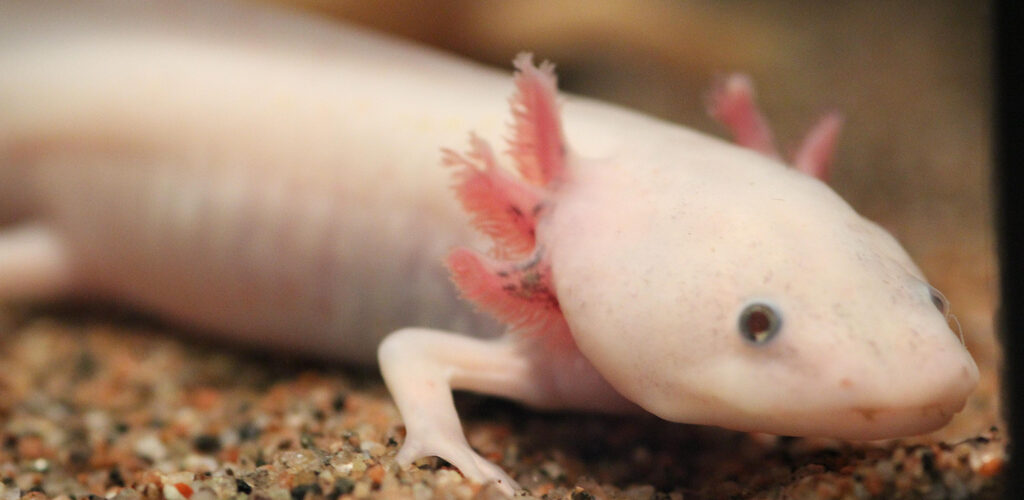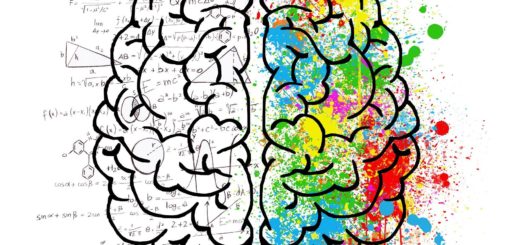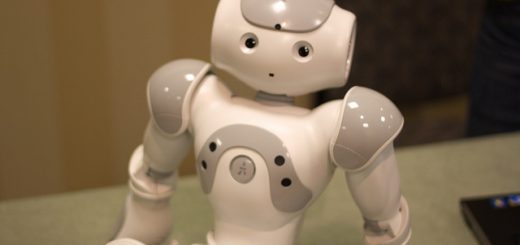Small Creature, Giant Genome: Sequencing the Axolotl

“If a small lizard excites our wonder, by the power of reproducing its tail, and lobsters or crawfish by the recovery of their claws, how much more should the salamander be admired, who may … repair the loss of both its tail and its legs?” – Lazzaro Spallanzani, An Essay on Animal Reproductions (1769)1.
Lazzaro Spallanzani was conducting experiments on animal regeneration when he discovered the ability of the axolotl (also known as the Mexican salamander) to reproduce its own limbs after they had been severed. He was astonished to discover that this creature was able to grow not only new muscle, blood vessels and nervous tissue, but bones as well. Since then, the axolotl’s marvellous regeneration has been the subject of scientific scrutiny, as researchers all over the world try to determine the mechanisms at work, and how it could potentially be applied to medicine. These cute creatures, endangered in the wild, may hold the key to future innovations in repairing human tissue2.
One obstacle has been slowing this research: the lack of a fully assembled axolotl genome. At 32 billion base pairs, the genome is more than 10 times the size of a human’s, making it a formidable task to compile. Furthermore, there are also many repetitive parts, which current sequencing technology can struggle with. However, a group of scientists in Vienna, Dresden, and Heidelberg have now finally succeeded in putting it together – forming the largest successful genome project to date3. This development is exciting not just for axolotl research, but for genetic research in general, especially as it required new technical innovations to be able to process a sequence this large.
The group has already made discoveries from the genome. Using previously published datasets, they were able to find five mRNA transcripts (molecules formed when genes are expressed) which were upregulated during limb regrowth. Therefore, the associated genes may be important in understanding the molecular biology underlying this phenomenon.
It has been nearly 150 years since the axolotl’s remarkable ability was first described and finally, it has granted us an insight into comprehending regeneration. Let’s reciprocate to the axolotl, by striving to ensure their species can regenerate from the brink of extinction.
Edited by Richard Murchie
References
- Fully copy available through Google books: https://books.google.co.uk/books/about/An_essay_on_animal_reproductions.html?id=9es8AAAAYAAJ&redir_esc=y
- For more on what we already know about regeneration, watch this short video: https://www.youtube.com/watch?v=QFa6jP6WgzM
- Original paper published through Nature: https://www.nature.com/articles/nature25458










